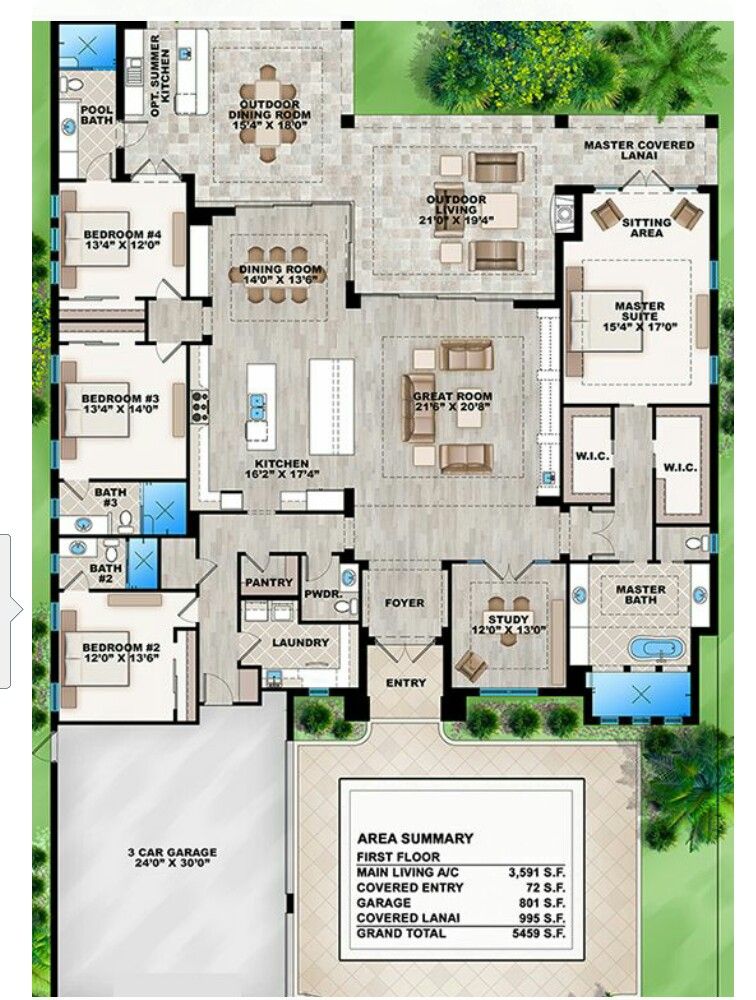Understanding Attached Family Homes: Features, Benefits, and Ownership Guidance

Introduction to Attached Family Homes
Attached family homes represent a distinct category in residential real estate. These dwellings, such as townhouses, row houses, and duplexes, are characterized by sharing one or more walls with neighboring properties. Unlike detached homes, which stand alone on individual lots, attached homes often provide a middle ground between apartment living and the privacy of single-family ownership [1] . Understanding the features, benefits, and considerations of attached family homes is essential for prospective buyers, current homeowners, and real estate investors alike.

Source: stylecaster.com
What Defines an Attached Family Home?
The term “attached family home” refers to residential dwellings that share common walls with adjacent units. Typical examples include:
- Townhouses
- Row houses
- Duplexes and quadplexes
These properties are commonly found in urban and suburban settings, where land use efficiency is prioritized. Each home may be part of a larger building or a row of similar structures, offering varied architectural styles and layouts [3] . Owners usually hold title to both the interior and exterior of their home-including the land-unlike condominium owners who typically own only the interior airspace [4] .
Key Features of Attached Family Homes
Attached family homes incorporate several unique characteristics:
- Shared Walls: At least one wall is common to another dwelling, which helps conserve space and materials.
- Private Entrances: Despite shared walls, each home typically has its own entrance and sometimes a private driveway or garage [4] .
- Outdoor Space: Many offer patios, small yards, or balconies, providing outdoor access that apartments may lack.
- Ownership Structure: Owners generally have responsibility for both interior and exterior maintenance, though this can vary with homeowners’ associations (HOAs) [2] .
- Building Layouts: Attached homes may be multi-story and range in size, but rarely exceed 2,000 square feet, making them ideal for smaller households or those seeking less upkeep [2] .
Advantages of Attached Family Homes
Many buyers are drawn to attached homes for their specific benefits, including:
- Affordability: Entry prices are typically lower than for detached homes, making them accessible to first-time buyers and those seeking to downsize [4] .
- Lower Maintenance: Smaller yards and shared exterior walls mean less upkeep for owners. HOAs often manage common area and exterior maintenance, reducing individual responsibilities [2] .
- Community Atmosphere: Close proximity fosters a sense of community. Many developments offer shared amenities-such as parks, playgrounds, or clubhouses-and organized events [4] .
- Urban Convenience: Attached homes are frequently located near shopping, dining, and public transit, making them attractive for those valuing accessibility [3] .
Challenges and Considerations
While attached homes offer many benefits, buyers should be aware of potential trade-offs:

Source: stock.adobe.com
- Noise Transmission: Shared walls may result in more noise compared to detached homes. Soundproofing and considerate neighbors can mitigate this issue.
- HOA Fees: Homeowners’ association fees can add to monthly costs. These fees typically cover communal maintenance, landscaping, and shared amenities, but vary widely between developments [2] .
- Limited Customization: Shared structures can restrict exterior alterations. HOA rules may govern paint colors, landscaping, and architectural changes.
- Privacy: Proximity to neighbors means less privacy than detached homes, though layouts and landscaping can help create personal spaces.
Prospective owners should carefully review HOA covenants and fees, evaluate the noise environment, and consider their privacy needs before purchasing.
How to Buy and Evaluate an Attached Family Home
Buying an attached family home involves several steps:
- Define Your Priorities: List must-have features such as parking, outdoor space, proximity to transit, and desired amenities.
- Research Local Inventory: Search real estate platforms for attached homes in your preferred area. Many major listing sites allow you to filter for “townhouse,” “duplex,” or “row house.”
- Visit Properties: Tour homes to assess layout, light, noise, and maintenance conditions. Ask about recent repairs and any upcoming HOA projects.
- Review HOA Documents: Obtain and review the homeowners’ association bylaws, fee schedules, and rules. Determine what is covered under the HOA and any restrictions on property use.
- Compare Financing Options: Contact lenders to understand mortgage products for attached homes. Some HOAs may have financial requirements for buyers.
- Consult a Real Estate Agent: Agents familiar with attached home developments can help you navigate local market trends, HOA policies, and negotiation strategies.
If you are unable to find the right property online, consider contacting local real estate offices or searching “attached family homes for sale” with your city or neighborhood name for current listings.
Ownership and Maintenance Guidance
Maintenance responsibilities in attached homes vary:
- HOAs typically manage exterior maintenance, landscaping, and shared amenities, but homeowners remain responsible for interior repairs and upgrades [2] .
- Review your HOA agreement to understand what is covered and what falls to you.
- Budget for monthly fees and potential special assessments, which may arise for major repairs or improvements to shared infrastructure.
For individualized guidance, consider hiring a home inspector familiar with attached dwellings. Inspectors can advise on structural integrity, soundproofing, and maintenance expectations. If you encounter challenges with HOA management or neighbor disputes, local real estate attorneys or mediation services may be of assistance.
Alternatives to Attached Family Homes
If attached homes do not fit your needs, alternative property types include:
- Detached Homes: Stand-alone structures with no shared walls; offer maximum privacy and more outdoor space, but usually higher purchase prices and maintenance responsibilities [1] .
- Condominiums: Apartment-style dwellings where owners possess only the interior space. Typically more affordable, but with less autonomy and privacy [4] .
- Duets: Homes built at the edge of the lot, touching along an exterior wall, but structurally independent-sometimes called “duets” [5] .
Each option presents its own benefits and trade-offs in terms of cost, privacy, maintenance, and community experience. Consulting a licensed real estate agent can help clarify which type best fits your lifestyle and budget.
Summary and Key Takeaways
Attached family homes provide an appealing blend of affordability, convenience, and community, especially for those seeking homeownership in urban or suburban environments. They offer private living with manageable maintenance and access to shared amenities. Prospective buyers should carefully consider property features, HOA rules, noise and privacy concerns, and long-term costs before purchasing. By understanding these factors and seeking professional guidance, you can make informed decisions and find a home that suits your needs.
References
- [1] Tim Trevathan Homes (2024). Investment Potential: Attached vs Detached Family Homes.
- [2] Kindred Homes (2024). Attached vs. Detached Single Family Homes: Which is Right for You?
- [3] Harvest by Hillwood (2023). Attached vs. Detached Homes: a Guide to Exploring Home Options.
- [4] Emily Dieckmann Real Estate (2025). What is an Attached Single Family Home?
- [5] Clear Capital. Definition of Attached Single Family Residence (SFR).






